Event Planning Creates Opportunities for Improving DEI
SEMI calls upon our colleagues across the microelectronics value chain to join us in ensuring that industry events are diverse, equitable, and inclusive. We encourage every organization to consider adopting these guidelines as their own.
Best Practices For Better Events
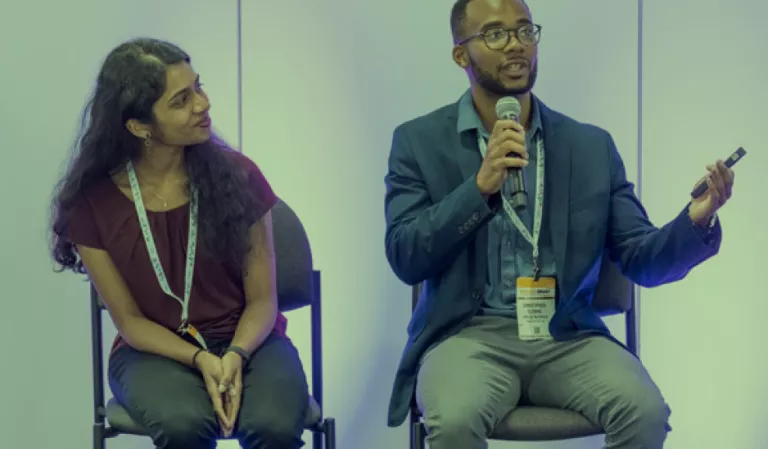
Recommendations for Event Planning
• Integrate diversity into an event in its entirety. Start with the planning committee for the event and work toward 50% diversity on that team, regarding gender, race, age, and other identifiers.
• Consider including a diverse perspective (gender, race, ethnicity, differently-abled, LGBTQIA+) on a range of topics beyond DEI and HR.
• If planning a specific session on diversity, assign the session a time and location which is prominent enough to guarantee a large audience. Attendees tend to opt out of panels on the topic of diversity, so consider a mainstage event in the middle of the day, rather than an end-of-day breakaway panel or during lunch.
• Consider the branding of diversity sessions and include the concept of “diversity as a business strategy”. Encourage the use of studies and statistics that demonstrate the good business sense of diversity. Invite keynote speakers to address the importance of DEI regardless of their main topic.
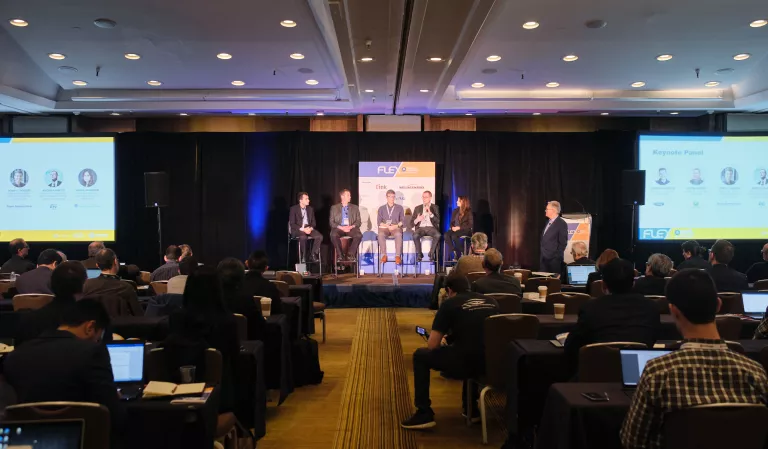
• Ensure that any organized B2B matchmaking activities and related social events are inclusive, accessible, and welcoming.
• Publish a link and a summary statement of these guidelines on your event webpages. •Seek the opinion of event attendees in post-event surveys about the effectiveness of these guidelines in their view, e.g., Was
our commitment to diversity adequately demonstrated at this event?
• Gather data to measure the diversity of invited speakers, selected speakers, and attendees.

Practices for Inviting Speakers
• Seek new voices to participate in the program, regardless of gender, gender expression, race, sexual orientation, ethnicity, nationality, veteran status, (dis)ability, religion or age.
• Strive for 50% diversity in keynote speakers and presenters.
• A panel discussion (2+ speakers) should have at least one woman or non-white male panelist, excluding the chair/moderator. For larger panels, strive for 50% diversity. This ensures equality of thought leadership, and not just visibility of an under-represented person on-stage.
• Encourage all invited speakers who cannot participate to suggest other potential participants who are from underrepresented groups.
• During a Q&A session, moderators should aim to collect questions from a diverse range of audience members. If a woman is called upon to ask the first question, it may encourage other female audience members to raise their hands.
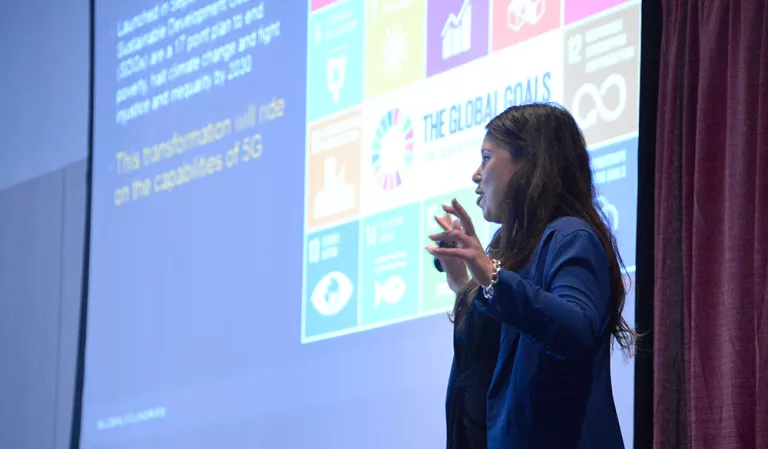
How to Diversify Your Speakers
There is no shortage of excellent speakers who represent all kinds of identities and backgrounds. However, finding and recruiting these speakers will likely require reaching beyond usual networks, methods, and practices. Committee members and staff will need to devote time and resources to this work and may need to identify others who can assist in making recommendations and connections. Note that when asking members of underrepresented groups to suggest speakers or for connections to diverse networks, always offer compensation to the person you are asking for help.
The individuals who represent diverse groups are tapped often for this kind of support, which leads to significant extra work as well as the possibility of feeling tokenized. Also, people who are underrepresented in tech are often underpaid in tech and expecting them to work for free compounds this problem.
Offering reasonable compensation is a way to acknowledge them for their work and demonstrate respect and appreciation.
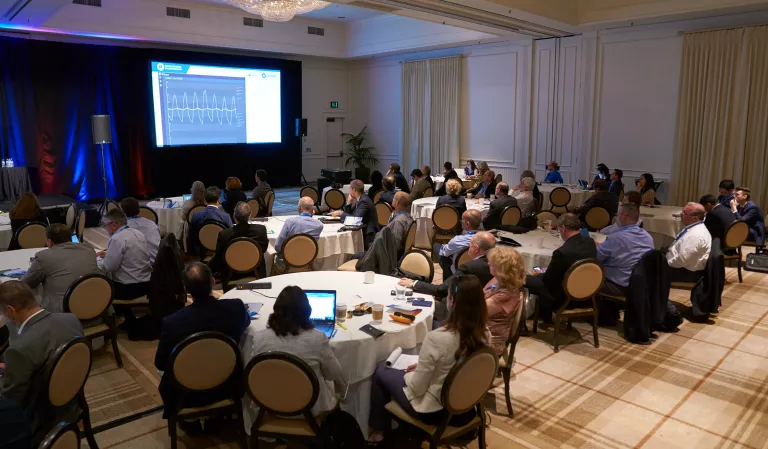
More Ways to Diversify Your Speakers
• Ensure that the event planning committee includes individuals with a range of identities. Panels and speakers tend to mirror the teams that create and invite them. Start with an inclusive team that can create an inclusive event.
• Consider the networks of your planning committee. Are committee members connected to diverse speakers, or networks that include diverse speakers? Thoroughly search through personal connections to uncover potential candidates.
• Tap networks for suggestions of diverse open directories, such as resources such as https://wonderwomentech.com/speakers/
• Research other industry events with DEI sessions for speaker ideas. Reach out to those speakers, and if they are unavailable or over-exposed in your events, ask them for recommendations – and offer them compensation for their time.
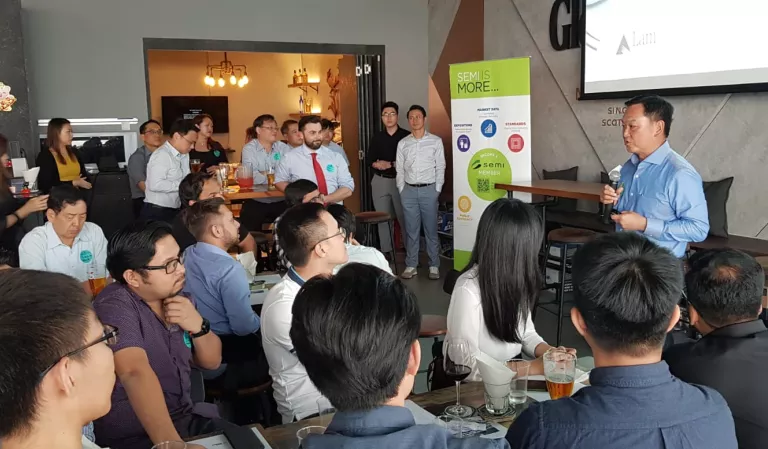
• Approach colleagues who are connected to diverse networks and 1) respectfully ask if they are willing to either connect you to the network or send out a speaker request on your behalf and 2) offer reasonable compensation to that colleague for their time and labor.
• When approaching companies for speakers, remind them to consider underrepresented demographics when nominating a
representative. Also, look beyond the C-suite to find capable speakers from diverse backgrounds.
• Ask people to be on your panel because of their expertise and point-of-view, not just because they are women, people of color, members of LGBTQIA+ community or Indigenous people. If you have singled these people out, it should be because of their expertise in their fields and their work has caught your eye. So, treat them like experts.
• Anticipate how the tone of invitations and the logistics of events might impact speaker interest and availability (for instance, an evening session may be challenging for someone with caretaking responsibilities).
• Offer stipends for speaking engagements related to diversity. Many individuals who represent diverse backgrounds are asked and expected to speak about their experiences without compensation. This work is often on top of their regular jobs and requires significant labor and should be compensated.
Additional Resources for Speaker Diversity
- Yet Another List of Things We Can do to Have More Diverse Sets of Invited Speakers
- What Will It Take to Improve Diversity At Conferences
- No, Putting a Person of Color On Your Panel Doesn’t Accomplish Diversity
- How to Diversify Your Speakers: Attendees Don’t Want to Hear Only From Straight, White Men
Additional Recommendations for Event Communications
- Publish statistics about the percentage of gender and race participation at events as a means of raising awareness of gender and racial parity at industry events.
- Avoid addressing women by marital status (“Miss” or “Mrs.”) unless it is their preference. Use professional titles (such as “Dr” or “Prof”) or “Ms” as a neutral form of address. In event communications, adopt gender-neutral terminology, such as “humanity” instead of “mankind” or “spokesperson” instead of “spokesman,” to reinforce inclusivity.
- Be mindful of inadvertent gender-specific pronouns (e.g., “each CEO will discuss hybrid solutions during his presentation”). Ensure a strong gender balance and diversity of color in promotional visual materials, including onsite banners and social media campaigns.
- Highlight diversity as a theme or priority for the event on marketing materials, communications, and social media. Include a variety of voices in quotes and event highlights.
Please contact semifoundation@semi.org with any questions or for support in your diversity, equity and inclusion efforts.
